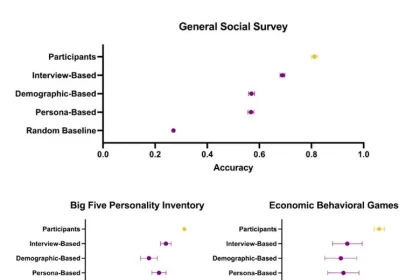The company StabilityAI, which owns the open source artificial intelligence Stable Diffusion, has recently made available to users the new version of this service, which can execute user commands more accurately and create more realistic images.
According to Engget, Stable Diffusion, which is actually an alternative and open-source version of artificial intelligence-based photo production services such as Midjourney and DALL-E, and in its new version, it tries to solve some mistakes of the previous version. For example, StabilityAI says that this version executes user commands better than other image generation AI tools, and can compete with its well-known competitors in terms of output quality.
The new version of Artificial Intelligence Stable Diffusion has been made available to users
Also, without users needing to give special instructions to the tool, this tool can include more variety of styles, skin tones and features in its produced images.
Version 3.5 of Stable Diffusion AI is now available in 3 versions. The first and most powerful version is called Stable Diffusion 3.5 Large, which can create images with the highest quality for users and understand users’ commands with the highest possible accuracy. According to StabilityAI, this version is suitable for professional use with a resolution of 1 megapixel.

The second version is called Large Turbo, which is a slightly weaker version than the previous model, which focuses more on efficiency than maximum quality. The manufacturer says that this version can create high-quality images in four steps and understand users’ commands quickly.
The third version is Stable Diffusion 3.5 Medium, which is designed to run on common hardware of users and can provide a combination of simplicity and quality. For added ease of customization, this model can produce images between 0.25 and 2 megapixels. Unlike the previous two models that are already available to users, this model is going to be officially released at the end of this month.
Also, StabilityAI has announced on its official blog that the company’s new AI models have new filters to better reflect human variation.
RCO NEWS















